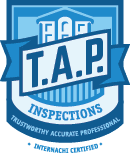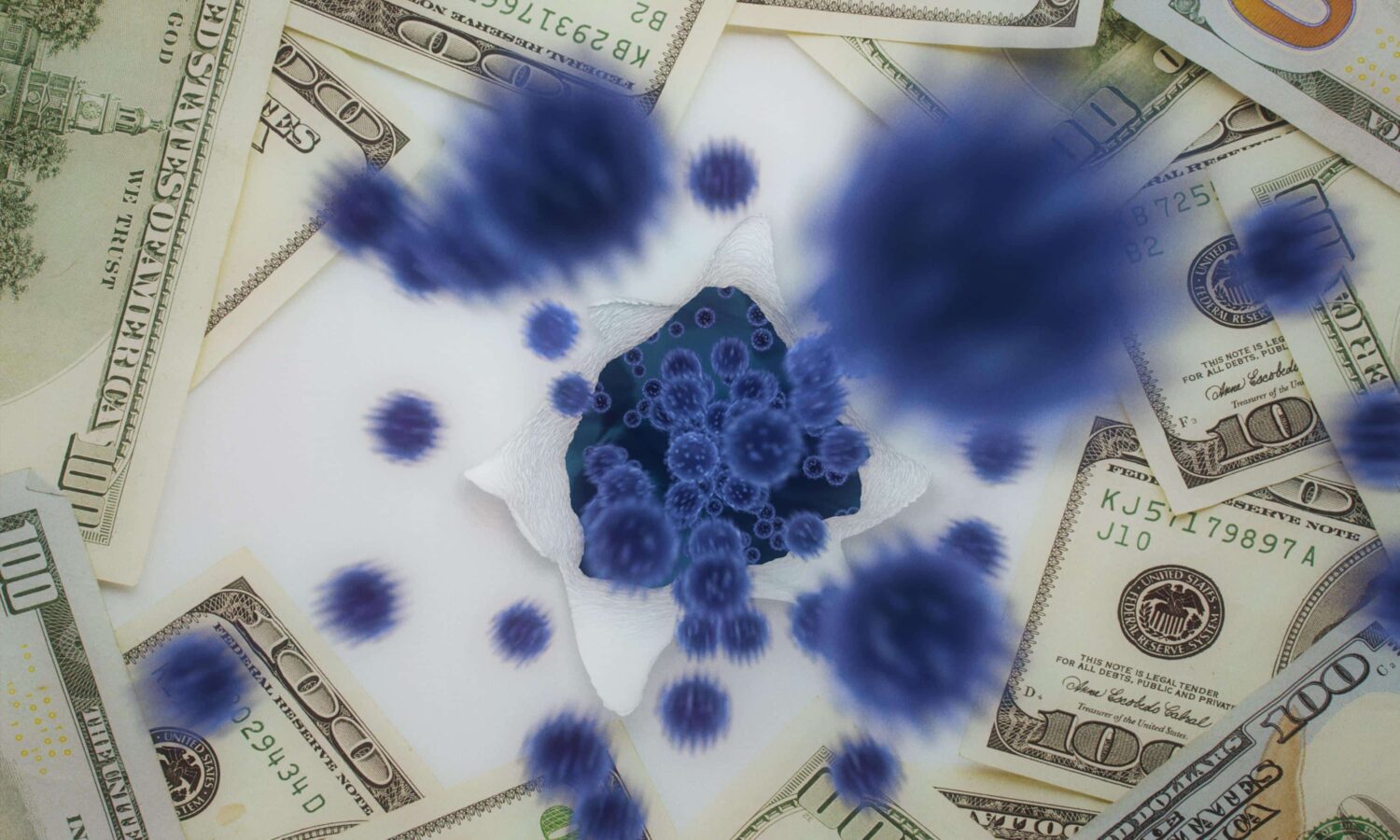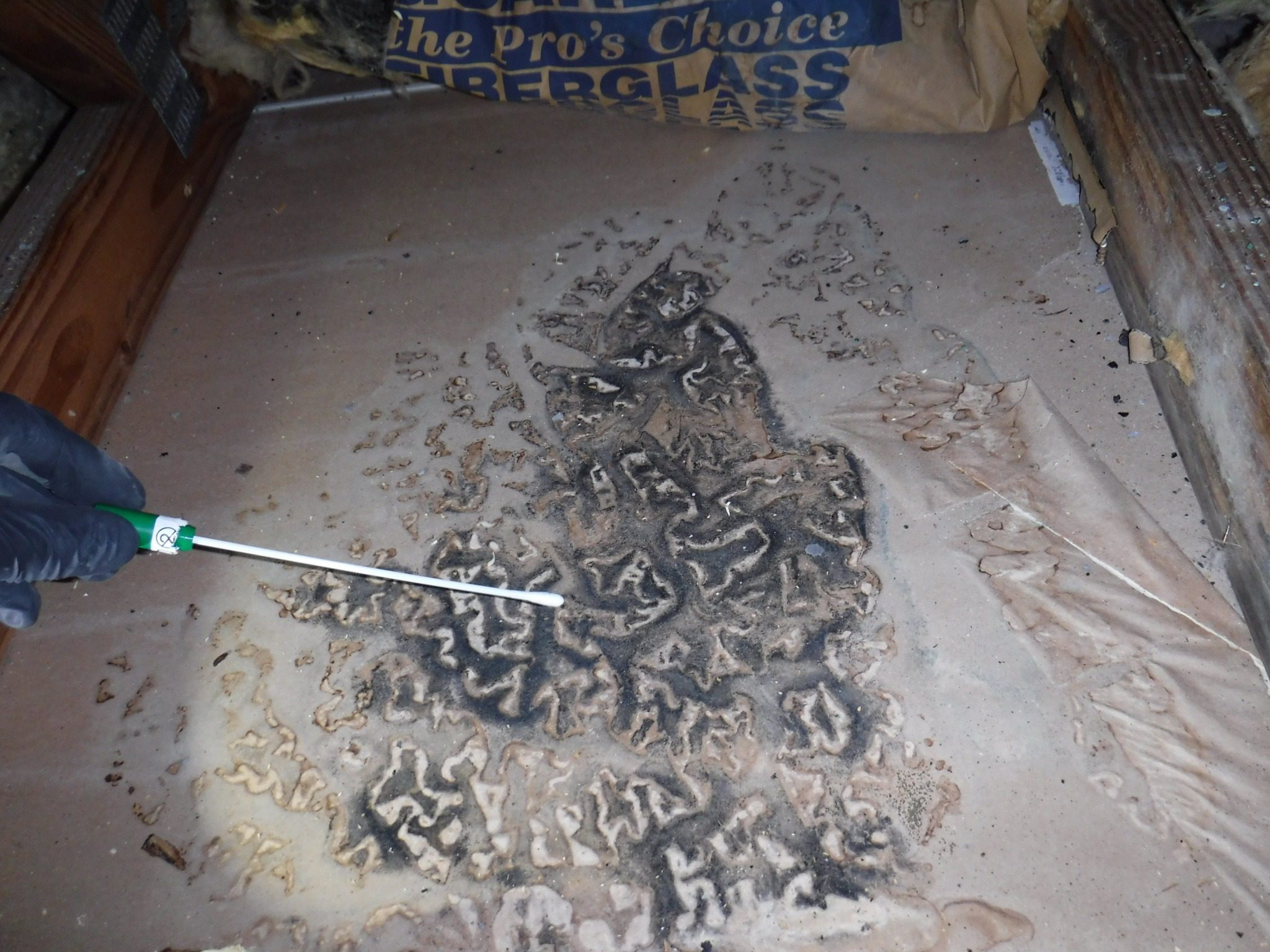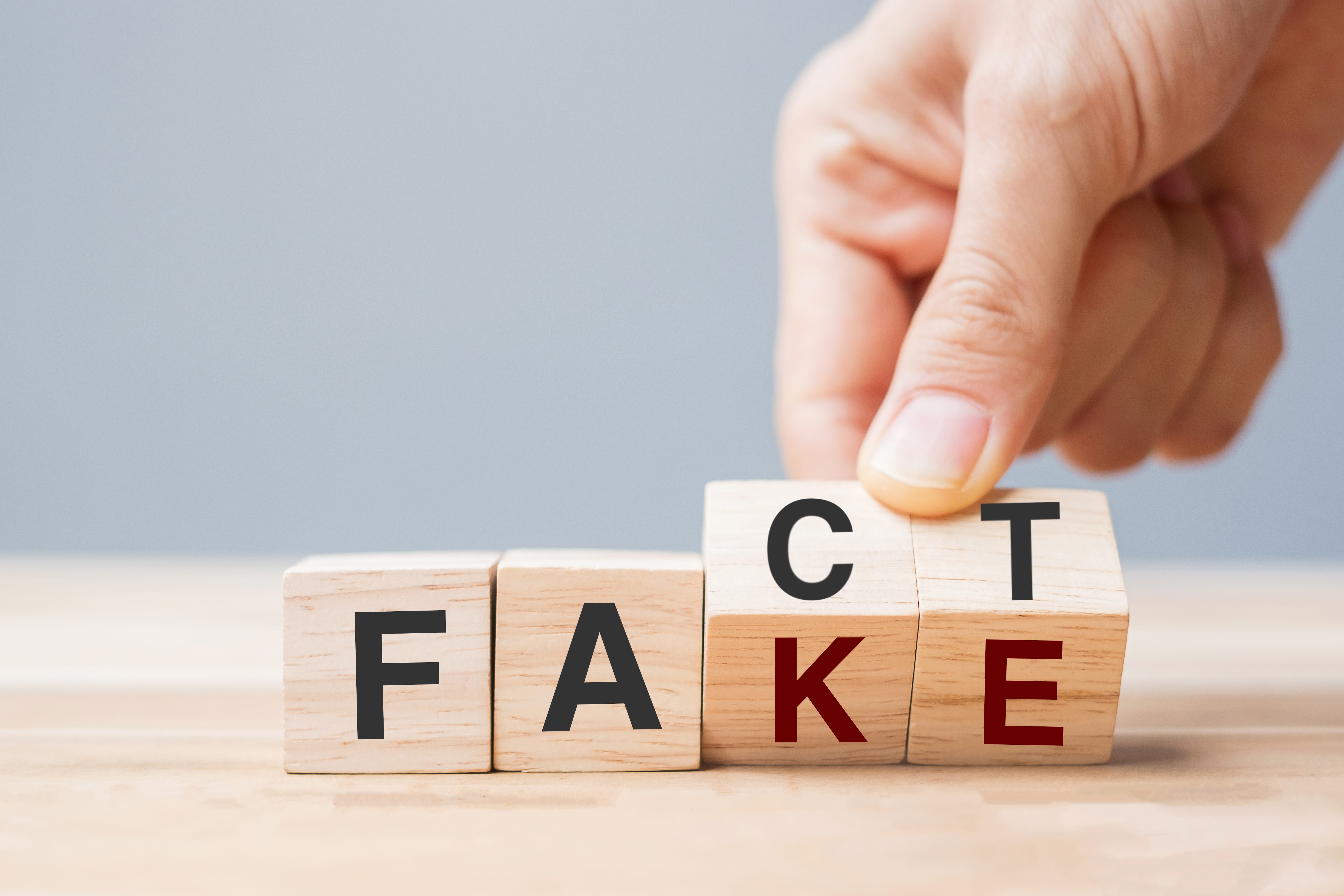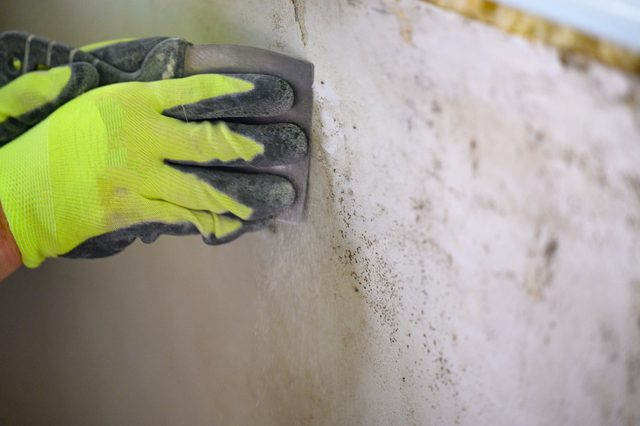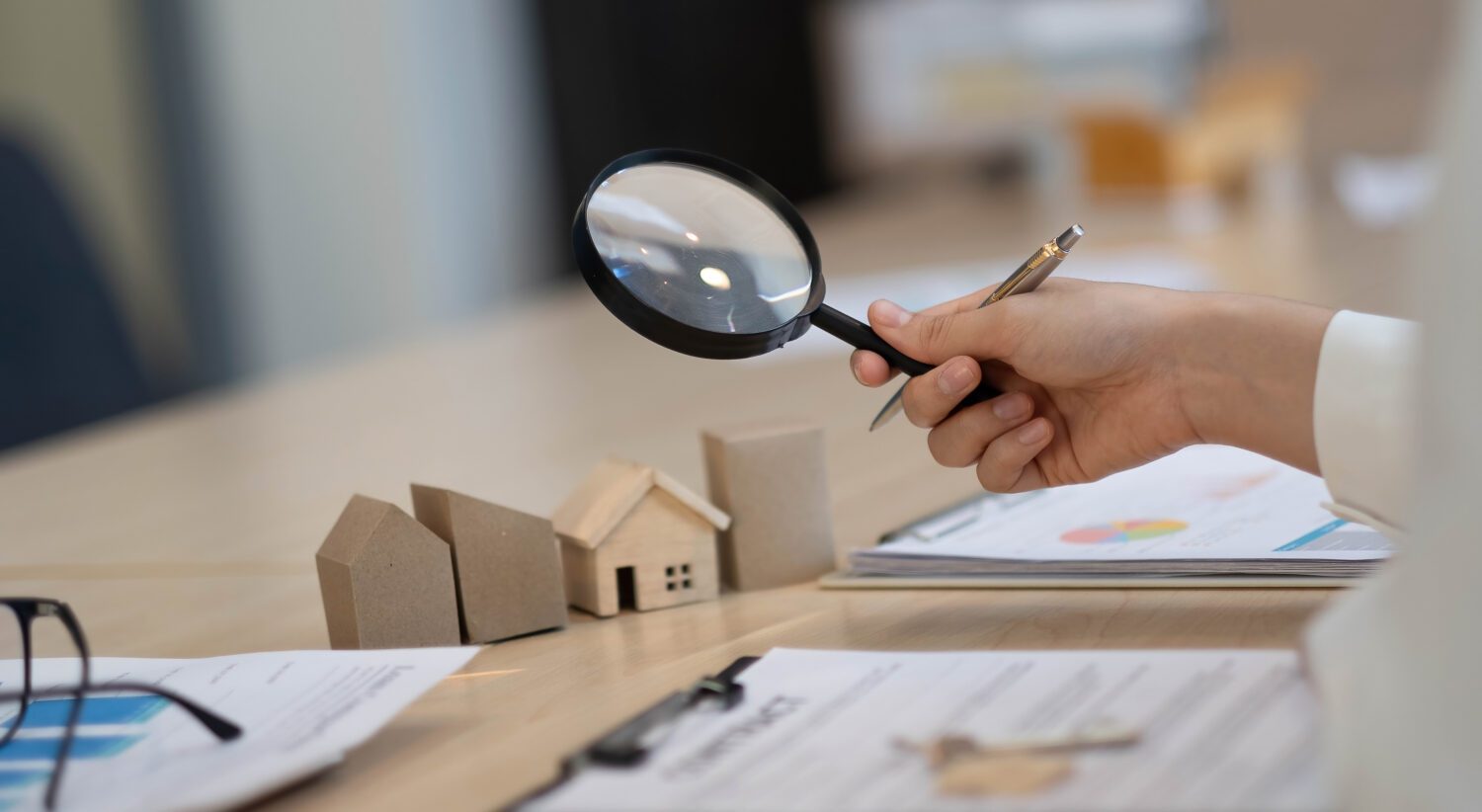The Importance of Mold Inspection
This article aims to inform readers about mold inspection costs. Mold is a common problem in homes and buildings and can pose significant risks to human health. Exposure to mold can cause a range of health problems, including respiratory issues, allergies, and infections.
In addition, mold can weaken the structure of your property and damage its contents. A mold inspection is an essential investment that helps identify any potential mold problems in your home or place of business.
A professional inspector can detect the presence of mold growth and determine whether it poses a risk to human health or property damage. Identifying these issues early on can help you take necessary measures to prevent further damage or spread of mold.
Brief Overview of the Article
What factors affect mold inspections, how much they typically cost on average across the country, additional costs that may come up during an inspection process such as testing fees or remediation costs if needed, how to choose a reliable inspector with proper qualifications and experience for best results so that you can make informed decisions about investing in a professional mold inspection for your home or business. The following sections will provide more detail on each topic related to understanding the cost associated with professional mold inspections.
Understanding Mold Inspection
Mold is a fungus that grows in damp and humid conditions, such as in basements, bathrooms, and kitchens. Mold can cause significant damage to a property if left untreated, and it can also pose serious health risks to occupants. This is why mold inspection is essential for every property owner.
Definition of mold inspection
Mold inspection refers to the process of identifying whether there is any mold growth in a property and determining its type and extent. The inspection involves a visual assessment of the property’s interior and exterior by a qualified inspector who specializes in identifying mold growth. The inspector will look for visible signs of mold growth, such as discoloration or staining on walls or ceilings, musty odors, or moisture problems.
Importance of mold inspection
Mold growth can occur almost anywhere in a home or building where moisture accumulates excessively. It can be caused by many different factors such as water leaks from pipes or roofs, high humidity levels or poor ventilation systems.The importance of inspecting your home for molds cannot be overstated as it ensures that any potential health risks are eliminated before they become hazardous to your health.
Mold spores are usually airborne and can cause various symptoms like allergic reactions when breathed in over time. Additionally, some molds produce mycotoxins that pose serious health risks when ingested.
Types of molds and their effects on health
There are several types of molds that grow indoors; some are harmless while others could be toxic if they proliferate excessively without being properly addressed through remediation processes. The most common indoor molds include Alternaria, Aspergillus Penicillium Cladosporium amongst others which have been linked with respiratory issues like allergies & asthma symptoms , eye irritation skin rash among others . Some toxic strains like black mold are known to produce harmful mycotoxins that can cause severe health problems like breathing difficulties, neurological effects and even death in people with weakened immune systems.
Factors that Affect Inspection Cost
Mold inspection costs can vary significantly depending on numerous factors. As a homeowner, it’s essential to understand these factors to anticipate the potential costs involved in a mold inspection. Here are some of the significant factors that can affect mold inspection costs:
Size and complexity of the property
The size and complexity of a property play a crucial role in determining the cost of mold inspection. Larger properties require more time and resources to inspect thoroughly, which can increase costs. Additionally, if your property has unique features such as multiple HVAC systems, crawl spaces, or attics, it may take longer for the inspector to complete the assessment, which also raises costs.
Type and number of tests required
The type and number of tests needed during an inspection will impact the overall cost as well. Certain types of tests are necessary to determine which type(s) of mold is present in your home or building.
Additional testing may be necessary if visible signs or odors suggest that there are hidden areas with mold growth. The more tests conducted during an inspection will affect the cost not only for testing but also for laboratory fees.
Location and accessibility
Another factor affecting mold inspection cost is location and accessibility. If your property is located in an area where travel time is lengthy or difficult to access (e.g., rural area), this may increase the overall cost due to transportation expenses for inspectors.
Experience and qualifications of inspector
The experience level and qualifications of a mold inspector can also have an impact on pricing. More experienced inspectors often charge higher rates because they have spent many years perfecting their skills through education and hands-on experience in identifying different types of molds accurately.
Several factors determine how much you’ll pay for professional mold inspections services; however, knowing them ahead allows homeowners to budget accordingly. To avoid potential health hazards and costly remediation, it’s worth making an investment in professional mold inspection services.
Average Cost for Mold Inspection
When it comes to mold inspection, pricing can vary depending on several factors. According to HomeAdvisor, the national average cost for mold inspection is $707.
However, this cost can range anywhere from $200 to $2,000 depending on the size and complexity of the property, the type and number of tests required, location and accessibility, as well as the experience and qualifications of the inspector. One of the biggest factors that affect mold inspection costs is the size and complexity of the property being inspected.
Larger properties will require more time and resources from inspectors which will drive up costs. Additionally, if a property has multiple levels or hard-to-reach areas such as attics or crawl spaces, then an inspector may need specialized equipment which could also increase costs.
National Average Cost for Mold Inspection
It’s important to keep in mind that these are just average costs based on data from HomeAdvisor. Prices may vary depending on your location and other unique factors related to your specific situation.
For example, if you live in a high-cost-of-living area like New York City or San Francisco then you may expect to pay more than someone living in a smaller city or rural area with fewer options for inspectors. It’s also important to note that these prices are just for mold inspection services and do not include any remediation services that might be necessary if mold is found during an inspection.
Remediation costs can range anywhere from a few hundred dollars to tens of thousands of dollars depending on several factors including how widespread the mold growth is and what types of materials need to be removed. Overall though it’s clear that investing in a professional mold inspection is a worthwhile expense when you consider how much damage unchecked mold growth can cause over time.
Additional Costs to Consider
While the mold inspection cost is an important factor to consider, it is not the only cost associated with identifying and addressing a problem. There are additional costs you should be aware of before starting the inspection process.
Mold Testing Fees
In some cases, the mold inspector may recommend additional tests to help identify specific types of mold or determine the extent of the problem. These tests can include air sampling, surface sampling, and bulk sampling. The cost for these tests can range from $50 to $500 each depending on the type of test and lab fees.
It’s important to note that not all inspections require additional testing. A visual inspection may be sufficient in some cases, especially if there are visible signs of mold growth or a musty odor.
Remediation Costs if Needed
If mold is found during the inspection process, remediation may be required to remove it safely and prevent future growth. The cost for remediation can vary widely depending on factors such as:
- The size of the affected area
- The type of mold present
- The severity of the problem
- The accessibly of the area (for example, if it’s inside a wall)
Simple jobs can cost as little as $500 while larger jobs in commercial buildings or extensive damage could run $10,000 or more. In addition to removal costs, you may also need to pay for repairs or replacements for any damaged areas such as drywall or carpeting. It’s important to note that while there are DIY options available for removing small amounts of mold (<10 sq ft), larger and extensive problems require professional remediation services by certified mold specialists.
How to Choose a Mold Inspector
Qualifications to look for in an inspector
Choosing the right mold inspector is crucial to ensuring that your inspection is thorough and accurate. The following are some qualifications to look for when choosing a mold inspector: 1. Certification: Look for an inspector who has the necessary certifications and licenses, such as those offered by the American Council for Accredited Certification (ACAC) or National Environmental Health Association (NEHA).
These certifications demonstrate that the inspector has received proper training and follows industry standards. 2. Experience: Choose an inspector who has experience in mold inspection and testing.
Experienced inspectors will be familiar with different types of molds, their effects on health, and how to effectively test for and identify them. 3. Equipment: Ensure that the inspector uses up-to-date equipment, such as moisture meters, infrared cameras, and air sampling pumps.
This will ensure that all areas of your property are thoroughly inspected for mold. 4. Insurance: Make sure your mold inspector is insured in case of any damages or errors during the inspection process.
Questions to ask before hiring an inspector
Before hiring a mold inspector, it’s important to ask some key questions to ensure they are qualified for the job: 1. What qualifications do you have?
Ask about their certification and licensing status. 2. How many years of experience do you have?
It’s good to know how long they’ve been working in this field. 3. What type of equipment do you use?
Ensure they use modern equipment capable of detecting hidden molds in hard-to-reach areas. 4. Can you provide references?
A reputable company or individual would have no issue giving references from previous jobs performed. 5.What is included in a typical inspection report?
This question will help you understand what kind of information will be found within a typical report. By asking these questions, you can better understand the qualifications and experience of the inspector, as well as their process, which will help you make an informed decision about who to hire.
Conclusion
In this article, we have discussed the importance of mold inspection and what factors affect the cost of a professional inspection. We have learned that mold can cause serious health issues and that there are different types of molds that can grow in our homes. We also discussed how the size and complexity of a property, type and number of tests required, location, accessibility, experience, and qualifications of an inspector can impact the overall cost.
It is essential to invest in a professional mold inspection for your home to ensure you are not living with harmful molds. The average national cost is between $300 – $500 but can range based on various factors.
Mold testing fees and remediation costs may add up if needed. It is crucial to ask the right questions before hiring an inspector to ensure they have the necessary qualifications and experience to provide accurate results.
Summary: Key Points
To sum it up, here are some key points discussed in this article: – Mold inspections are essential as they help identify harmful molds that may be present in your home. – Different types of molds exist, and their effects on human health vary.
– Various factors such as size, complexity, tests required location/ accessibility of your property impact the overall cost. – Hiring a highly qualified inspector will guarantee accurate results from inspections.
The Importance Of Investing In A Professional Mold Inspection
Investing in a professional mold inspection is important as it ensures you’re living or working in healthy environments free from any harmful toxins caused by molds. A professional inspector will perform thorough checks on every corner to detect any possible signs or traces left by these dangerous fungi.
A proper inspection will not only protect you from possible health complications but also help maintain your property’s value by ensuring unsafe conditions don’t destroy its structure over time. Investing in regular mold inspections with qualified professionals should be part of any responsible homeowner’s routine to maintain a healthy living environment.
